-
Windows
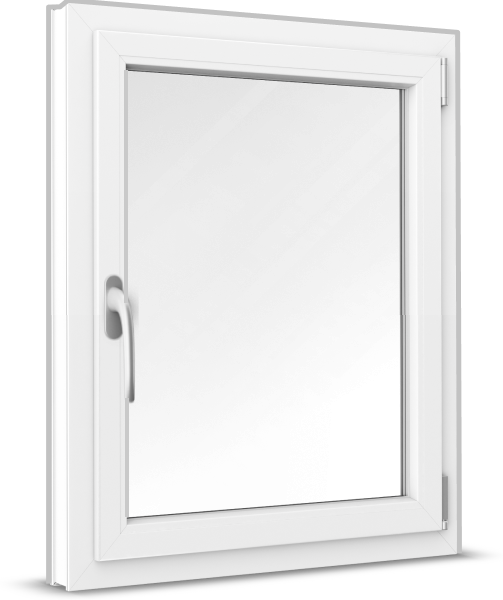 Windows
Windows
-
French Doors
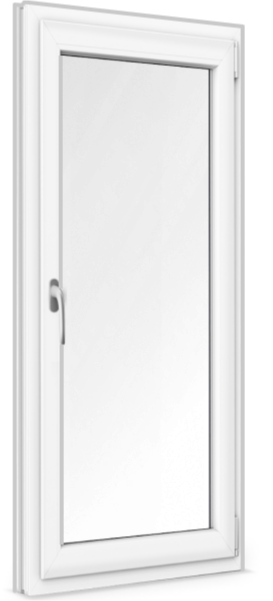 French Doors
French Doors
-
Patio Doors
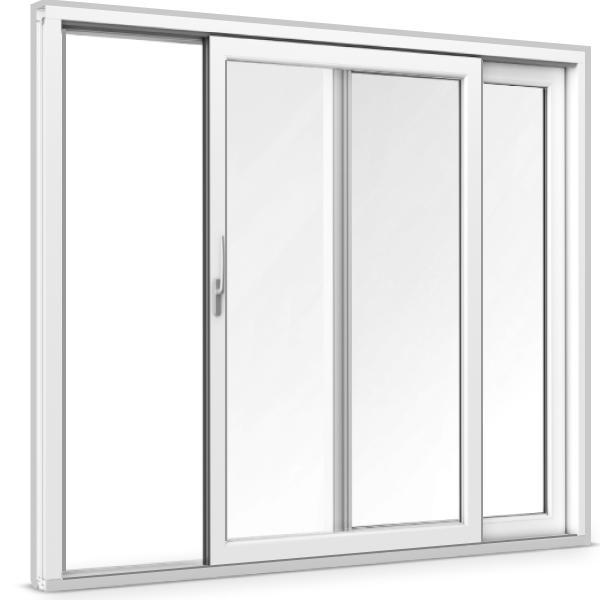 Patio Doors
Patio Doors
-
Front Doors
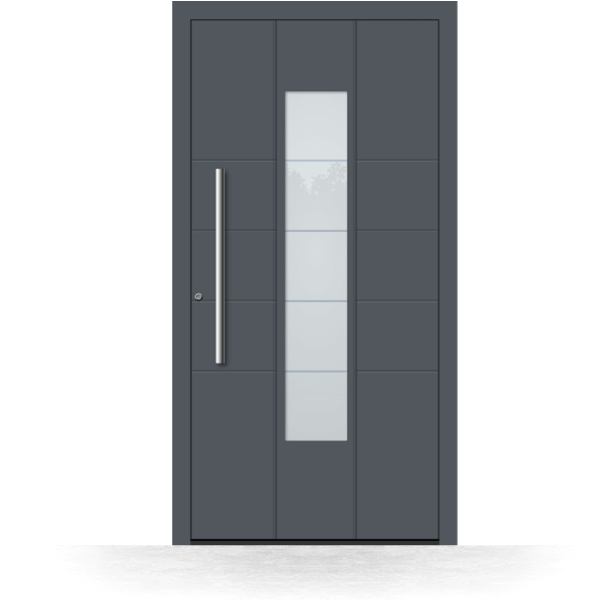 Front Doors
Front Doors
-
Roller Shutters
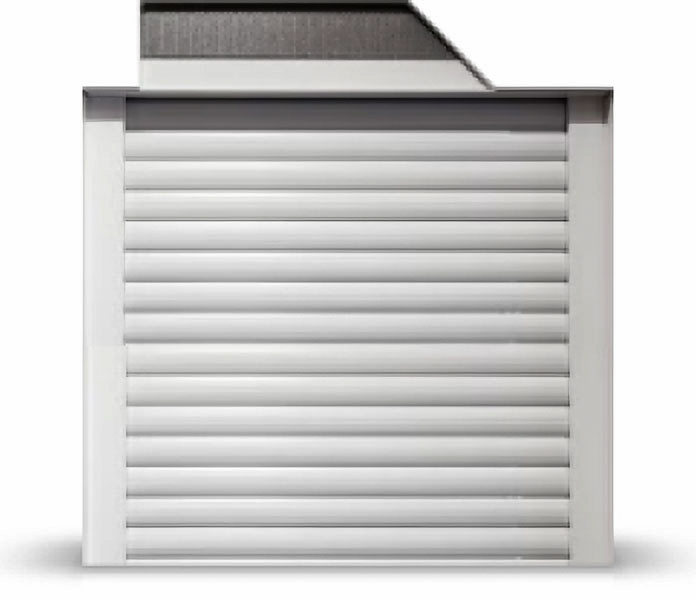 Roller Shutters
Roller Shutters
-
Window Sills
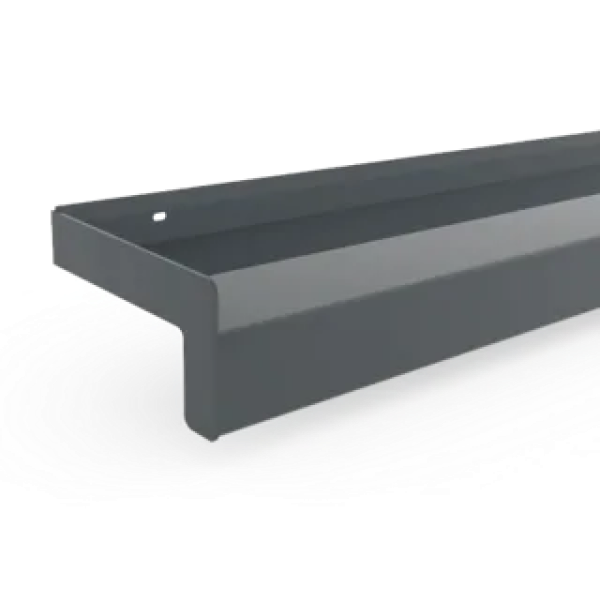 Window Sills
Window Sills
Sign in
Contact us

Float glass is the most widely used form of glass today and is produced by a process of floating molten glass on a bed of molten metal (usually molten tin). It floats on the surface, hence the name, and spreads out to form a level, uniform surface. The thickness is determined by the speed at which the solidifying glass is taken off the bath. After controlled cooling of the glass, known as annealing, a clear and polished product appears. Float glass is an inorganic product, with no bubbles, streaks or other imperfections and ideal for use in windows and doors.
First commercially produced in the United Kingdom by Sir Alastair Pilkington in the 1950s, float glass is the most widely used type of glass today. Given its excellent qualities, it can easily be processed into other forms of glass such as laminated safety glass and mirrors.
It is made from a mix raw materials consisting of primarily sand, soda ash, limestone and dolomite which are mixed and fed into a furnace where it is heated up to around 1500 °C. As it floats over a bath of liquid tin, it forms a glass ribbon and is slowly cooled down or annealed. It is then inspected and cut to size.
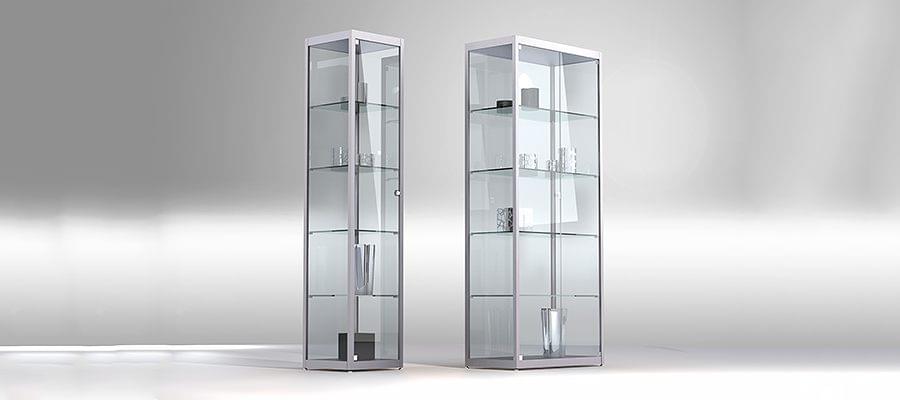
Float glass is very flexible structurally and can be shaped and bent into different forms while in a heated, syrupy state. This gives it a wide range of applications. This is why it is found across a wide range of different products. These include:
Whereas a mirror requires an additional coating of silver on the float glass, it can be used without any further treatment in the making of many types of furniture.
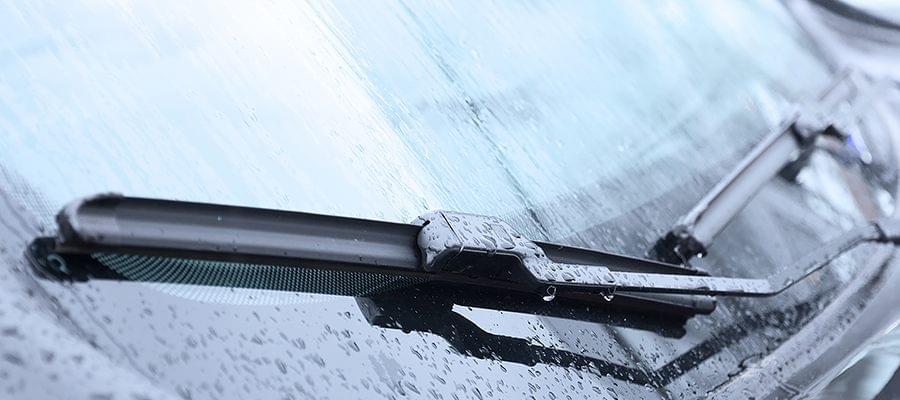
In windows, float glass can take a number of forms. Whether single pane glass used in historic buildings or multi-layered glass, most glass products today are made by the float glass process.
It is frequently used in multiple glazed units like insulating glazing in double or triple pane windows. With additional heat treatment, it can be turned into toughened or tempered glass for areas such requiring safety glass.
All of our glazing consists of high quality float glass in forms such as ornamental glass, laminated glass or soundproof glass. Whatever you select, you can be sure it will be top quality and Made in Germany.